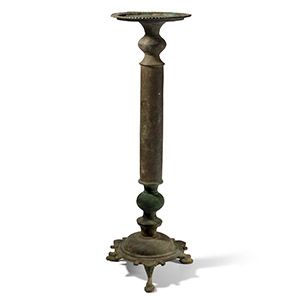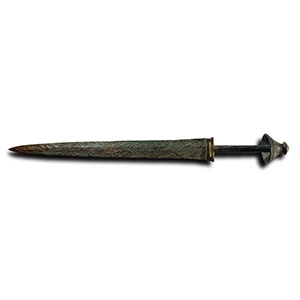Home > Auctions > 5 - 9 December 2023
Ancient Art, Antiquities, Natural History & Coins
Auction Highlights:
Acquired 1980-2015.
Ex Abelita family collection.
Cf. Ilan, D., 'The Crescent-Lunate Motif in the Jewellery of the Bronze and Iron Ages in the Ancient Near East' in Proceedings, 9th ICAANE, Basel 2014, Vol. 1, 137–150, figs.1,4, for parallels.
The gold lunula was a characteristic type of necklace, collar, or crescent-shaped pendant of the late Neolithic, Chalcolithic, and most often early Bronze Age. The crescent appears in various forms in the material culture of the southern Levant. It also appears in Mesopotamian and Egyptian iconography. It is most frequently associated with the crescent moon and its related deity. Such pendants were worn at the neck, in contact with the body, as protective amulets.
From a late Japanese specialist collector, 1970-2000s.
From a late Japanese specialist collector, 1970-2000s.
From a late Japanese specialist collector, 1970-2000s.
Collected from 1969-1999.
From the collection of the late Mr S.M., London, UK.
From a late Japanese specialist collector, 1970-2000s.
From a late Japanese specialist collector, 1970-2000s.
From Jordan under export licence, circa 1980s.
From Madame Liechti, Geneva, Switzerland.
Private collection, UK, acquired 1986.
Acquired from Chiswick Auctions, London, 11 December 2018, lot 131.
Private collection of Professor Kenneth Graham, London, UK.
Accompanied by the original catalogue page and a copy of the original invoice.
Ex S Collection, London, UK, 1970-1990s.
From a family collection formed in the 1970s-1980s.
From the Inglismaldie Castle estate, Angus, Scotland, by descent to the current owner.
See Fehérvári, G., Islamic Metalwork of the Eighth to the Fifteenth Century in the Keir Collection, London, 1976, for discussion.
Ex old English collection.
London art market, pre 2000.
Property of a London, UK, gentleman.
Cf. Khorasani, M.M., Arms and Armour from Iran. The Bronze Age to the End of the Qajar Period, Tübingen, 2006, s.cat 36, for type.
Moorey and Khorasani dated swords with mushroom pommels to the end of the second millennium B.C. The weapon belongs to Category IX of the Khorasani classification, the ones with a mushroom or bell-shaped pommel. A similar example is in the National Museum of Iran, Tehran.
157 - 168 of 2409 LOTS

.jpg)


.jpg)

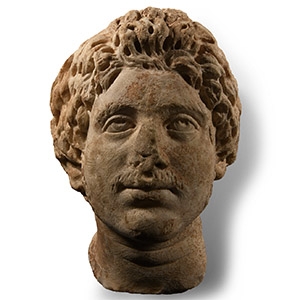
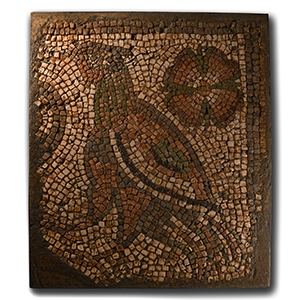
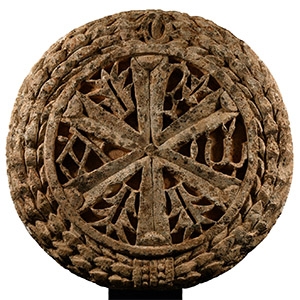


.jpg)


.jpg)
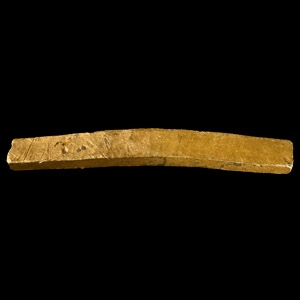
.jpg)
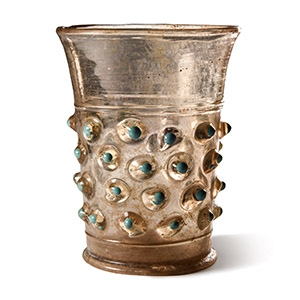

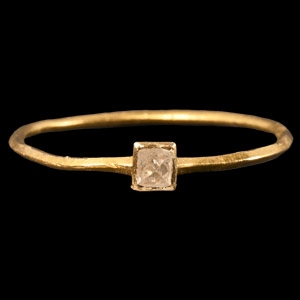

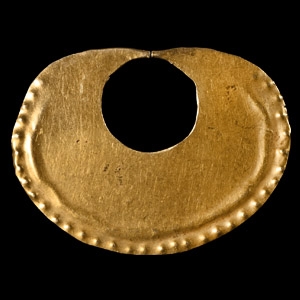
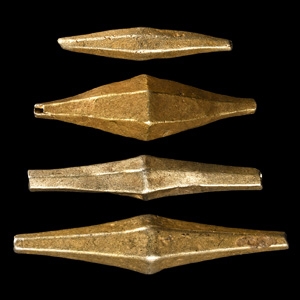
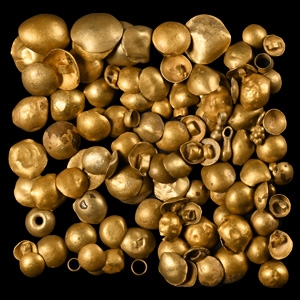

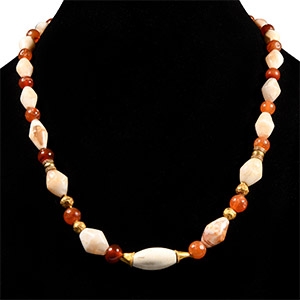
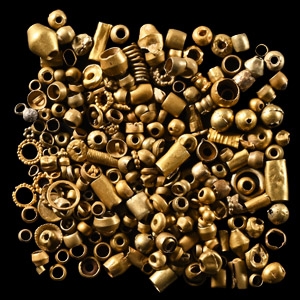
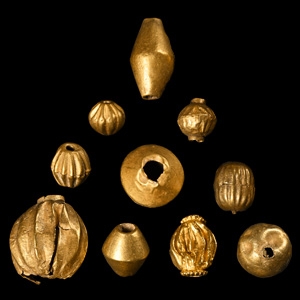
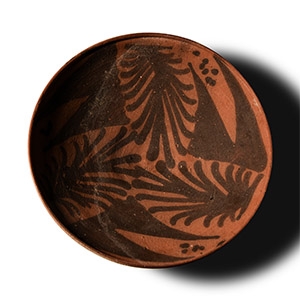
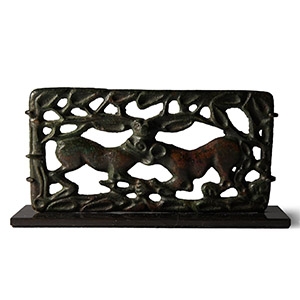
.jpg)
